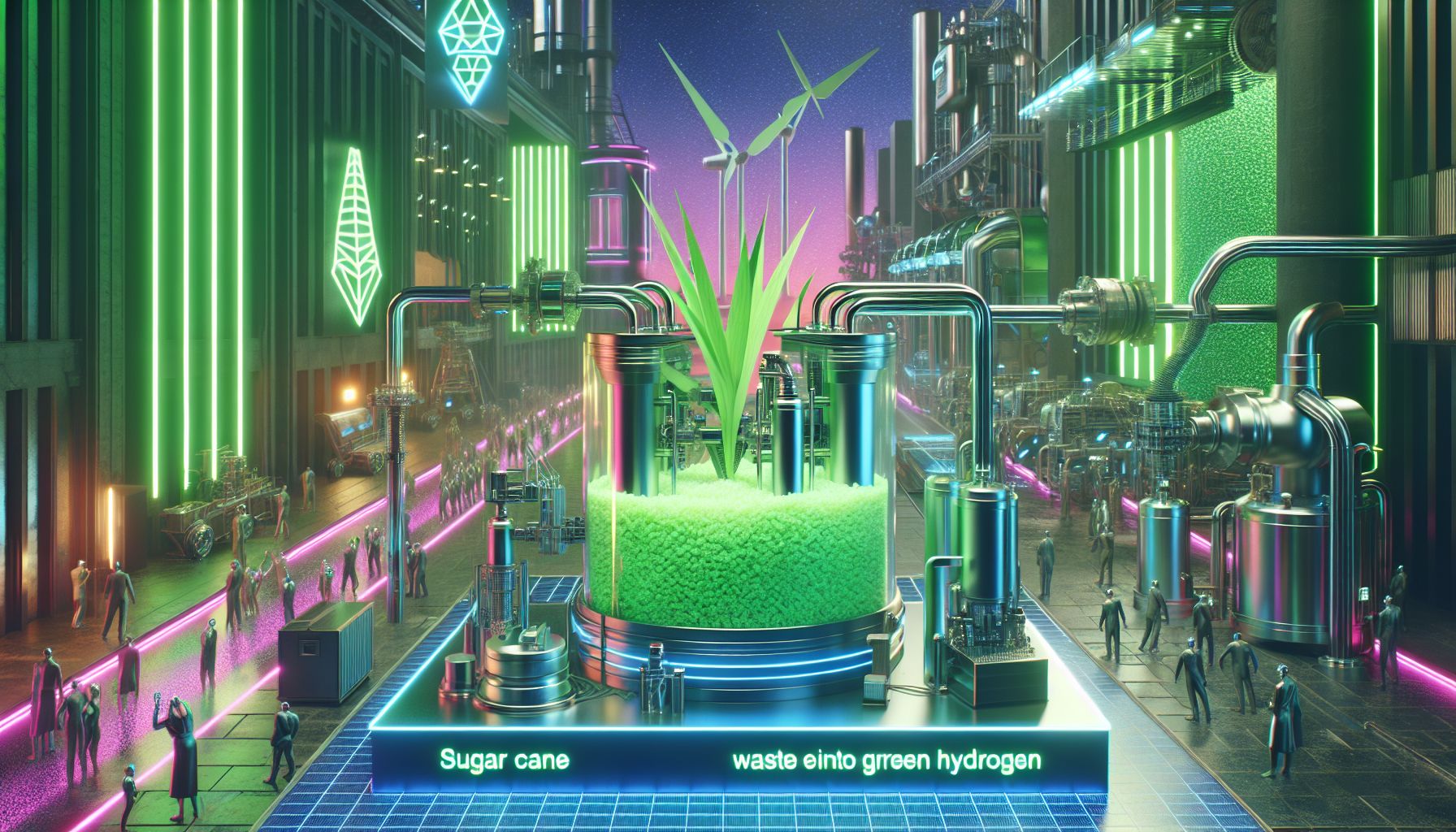Sugar Cane to Hydrogen: The Green Leap Forward

London, Monday, 14 July 2025.
Researchers have created an efficient process to transform sugar cane waste into green hydrogen, promising a sustainable energy future. This innovation could reshape hydrogen production and boost decarbonisation efforts.
Innovative Hydrogen Production Process
Picture this: taking sugar cane waste and turning it into green hydrogen. Sounds like magic, right? Well, researchers have unveiled an industrial process known as Sorption-Enhanced Chemical Looping Gasification (SECLG), which does just that. This method transforms crushed sugar cane waste into hydrogen far more efficiently than conventional techniques, boasting reduced emissions and higher purity levels [1].
The SECLG Magic
So, what makes the SECLG process special? It combines several chemical processes to increase hydrogen yield while reducing unwanted by-products like tar and nitrogen. The system operates at around 600 °C and pressures about 5 bar. It’s essentially a chemistry dance party, where the right elements and conditions mingle to produce green energy [1].
Energy and Emissions Efficiency
The SECLG approach captures excess carbon during the process without the hefty baggage of carbon dioxide and other pollutants. While conventional gasification methods yield significant tar and nitrogen, SECLG keeps these to a bare minimum, producing hydrogen with a purity of up to 69% [1]. Prof. Bilainu Oboirien of the University of Johannesburg spearheads the research, highlighting its potential for decarbonising energy-intensive sectors like steel and cement [1].
Economic and Environmental Promise
The economic prospects here are equally thrilling. Given that countries like India, China, and Brazil already utilise sugar cane waste for power generation [1], this innovation can seamlessly integrate into existing infrastructures, potentially cutting hydrogen production costs. Furthermore, the environmental impact? Significantly lower than traditional methods. Win-win, wouldn’t you say?
Charting the Course Forward
Looking ahead, the focus is on scaling and refining the SECLG technology for broader commercial use. While lab-scale experiments are in progress to validate models against real-world data, the vision is set on a greener and more sustainable energy landscape. It’s like planting seeds for a renewable future [1].